Discover how Leadsun’s ergonomic lecture hall seating and flexible classroom layouts can motivate students and enhance learning. Explore top-quality classroom furniture solutions designed for comfort, adaptability, and improved educational outcomes.
Choosing the Right Lecture Hall Seating to Motivate Students and Enhance Learning
Seating and desks in the classroom are the aspects we need to consider if we want to increase learning effectiveness and productivity. Over the past few decades, there have been many changes in the way we learn and teach. From traditional auditorium seating to mobile classroom seating, from collaborative learning systems to smart education. However, in the midst of all these changing components, one unique thing does not change: your seating.
Classroom desks and chairs play a critical role in boosting learning effectiveness. Research confirms that non-ergonomic furniture can lead to health issues like myopia and spinal strain, directly impacting students' focus and productivity. Consider these facts:
-
⚠️ Students spend 6+ hours daily interacting with desks and chairs.
-
⚠️ Comfort directly correlates with engagement and academic performance.
-
⚠️ Teachers require adaptable setups based on teaching methods.
When it comes to learning, how you arrange the desks and chairs has a big impact on how well the space works.
Any new furniture for the lecture hall has to be flexible.
So, when it comes to desks and chairs for future classrooms, it'd be great to have ones that are adjustable and can adapt to different layouts in the space. This way, it'd be a breeze to switch up the indoor setup quickly and smoothly, depending on the activities the school curriculum throws at us.
Before, one scene was enough in the classroom. The teacher would scribble on the blackboard while the students sat in rows, listening and taking notes. But teaching styles have changed a lot recently. The way we educate has changed, with students becoming the heroes of their own learning. So, we need to change the way we design our teaching environments too.
When teaching methods change to include things like seminars, small groups, and co-working, the seating layout in the lecture hall can easily change from the traditional rectangular arrangement to a round, U-shape, face-to-face shape, co-working shape, and so on. This is done to facilitate communication and interaction between teachers and students and to increase students' participation, enthusiasm, and concentration in learning.
Arranging lecture desks and chairs might seem simple, but there are lots of different seating arrangements in a classroom, and each one has its pros and cons.
Seating arrangements can have an impact on student learning. Studies show that students in the front of the class tend to pay more attention, ask more questions, and get involved in class discussions more than those in the back.
Classroom Layouts: Pros and Cons
💡Type 1 This is the traditional arrangement.
Most classrooms have to arrange their desks and chairs in this way because there's not much space. The good thing about this setup is that it gives students some privacy and room to study and think for themselves without being disturbed. That's why this form is better for exams or classroom presentations by students.
This seating arrangement is great for saving space. With tiered seating, you can fit more seats and more students into a smaller area. We've got comfort-tiered seating in loads of different styles and options, so you can find the perfect fit for your venue.
The only problem might be that it's not the best for getting everyone involved in the class. It's more for "lectures" than teaching, to be honest. The students at the front are the most involved, while those at the back are less so. Plus, it's hard for teachers to give attention to everyone. It also doesn't lend itself to collaborative learning or group discussions.
💡Type 2: U-shaped or horseshoe-shaped arrangement
Students can have their own desktop to read and write on, and they can access teachers and audio-visual media directly. Students can meet each other in person. Get the students to sit in pairs. The teacher can enter the middle of the U-shape at any time and give the lectures. Make sure there's enough room to turn around between the U shapes. You can also shape it into a semicircle if you're working with a small group.
In small classrooms, it's better to put desks in a U-shape so teachers and students can chat more easily and get on better.
💡Type 3: Group/Team Co-working
Depending on the number of students, you can arrange the seating so that there are 4-6 students per table. Try and put the tables close to each other and the seats so the students can touch each other and get them talking. Some students have to move their chairs a bit to see the board, the teacher, and the projection screen.
This kind of seating arrangement for lectures is really good for teamwork and getting everyone to learn together. If we group students into smaller groups, they'll chat more and be more competitive with each other, which'll make them want to learn more.
💡Type 4: A mixture of different types
Depending on what's needed in the classroom and how things are taught, some schools and classrooms are thinking about using a mix of set-ups. Find out how to mix and match different layouts to meet the needs of all your students.
Key Considerations When Choosing Classroom Furniture
Ergonomics & Safety
- ✅Prioritize adjustable-height chairs and desks for posture support.
- ✅Ensure materials are non-toxic (formaldehyde-free) and durable.
- ✅Lockable wheels for mobile furniture enhance safety.
- The seating in student lecture halls should be comfy and easy for people of all ages to get comfortable in so that students can move around and sit up straight.
Lecture hall seating furniture is the most commonly used type of furniture in classrooms. We'll be moving desks and chairs around in future classrooms, combining and adjusting the height at any time. It's really important that students are safe when they're using desks and chairs.
The furniture in the lecture hall must not contain formaldehyde, benzene, phenol, or radioactive substances, and it must not be harmful to human health. It should also have zero formaldehyde and no odor.
Secondly, the seating parts of the lecture hall are tightly integrated, so they're not easy to loosen, crack, or fall off. For desks and chairs with wheels, there are valves that can adjust the steering of the wheels, so you can lock the desks and chairs in place when you don't want them to move.
-
Durability & Maintenance
- ✅Opt for scratch-resistant, easy-to-clean surfaces.
- ✅Verify warranty terms and lifespan expectations.
- When schools are picking out desks and chairs, they need to think about how long they'll last, how easy they are to clean, and how easy they are to look after. They should also think about whether the materials used in the desks and chairs are safe for the environment.
Space Efficiency
✅Tiered seating maximizes capacity in compact venues.
✅Modular designs adapt to room size constraints.
Have you thought about whether it's easy for students to clean the lecture hall's tiered seating area? Is it easy for students to come in and go out?
Having a flexible design and a teaching model that goes with it can make students more interested, get them working together and interacting with teachers, and get more done.
Why Choose Leadsun Seating?
As a global leader in educational seating solutions, Leadsun offers:
✅Ergonomically designed lecture theatre seating, lecture theatre chairs and desks, and university classroom chairs and desks.
✅Customizable options to fit budgets and space requirements
✅Discover our full range of products to transform your learning environment.








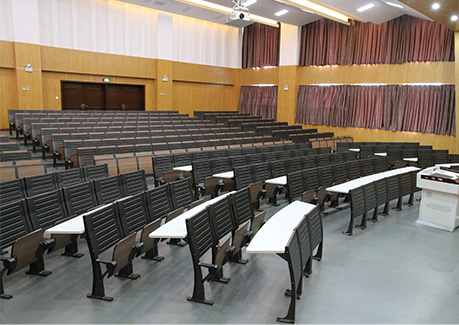
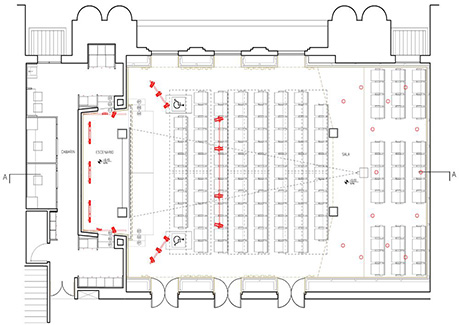
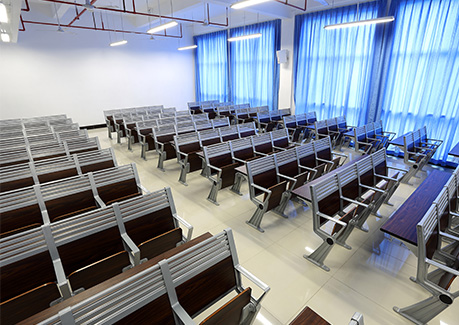
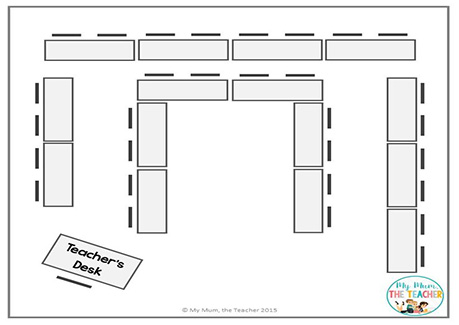
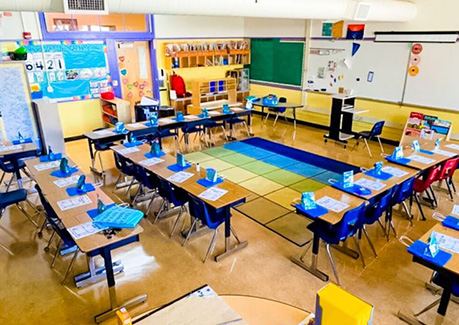
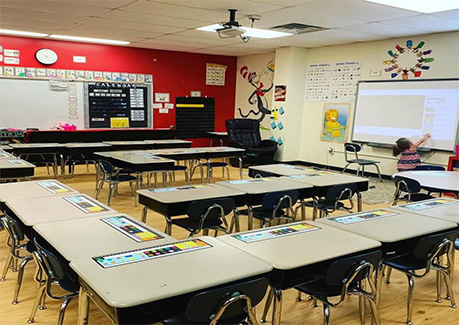
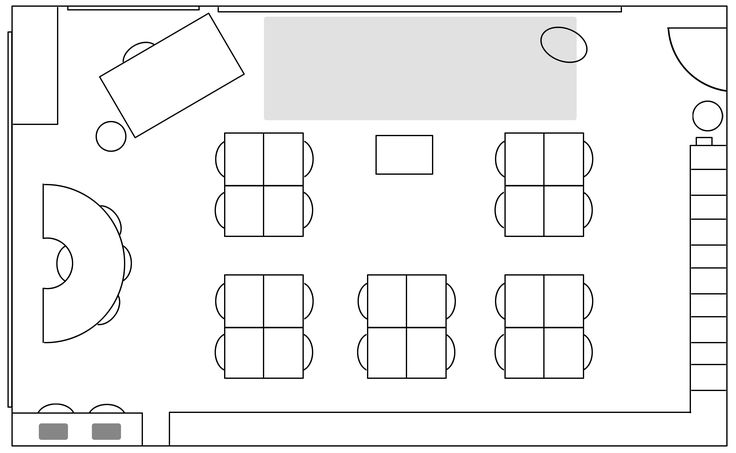
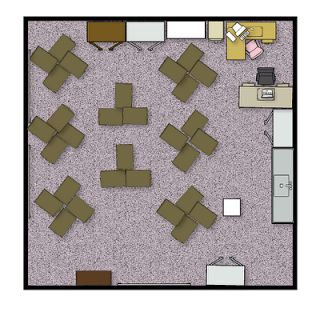
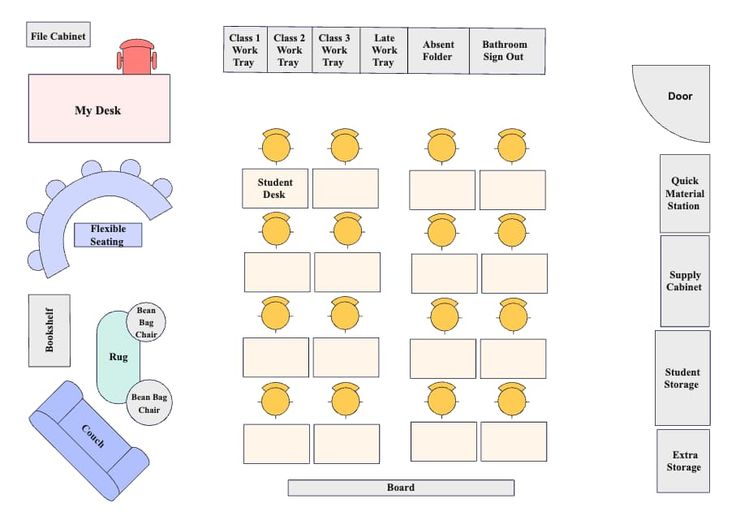
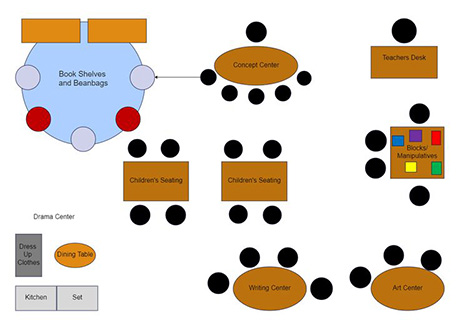
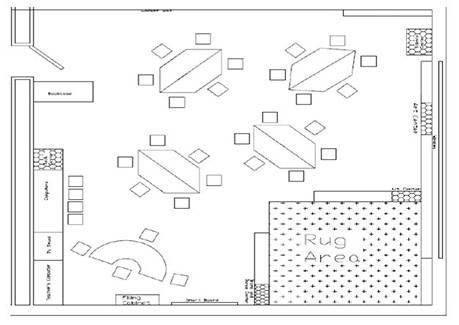
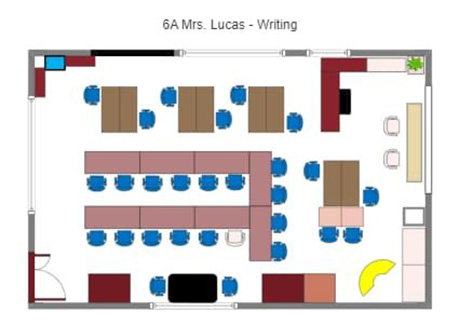










 Scan QR Code
Scan QR Code